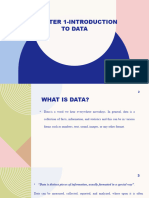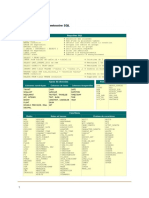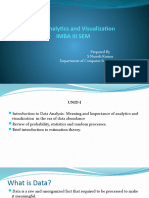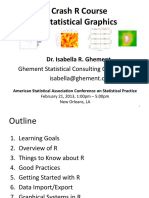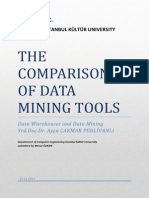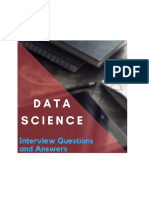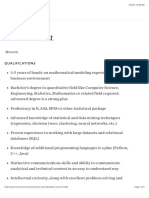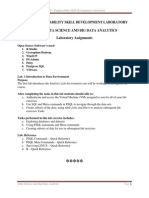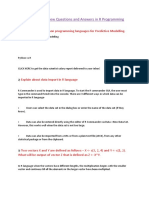0% found this document useful (0 votes)
22 views54 pagesData Analytics Using R (DAR)
The document provides a comprehensive overview of Data Analytics using R, covering topics such as the introduction to data analysis, R programming basics, and various types of data analytics including descriptive, diagnostic, predictive, and prescriptive analytics. It emphasizes the importance of data in decision-making, efficiency improvements, and gaining competitive advantages, while also detailing the nature, classification, and characteristics of data. Additionally, it introduces R programming as a powerful tool for statistical computing and data visualization, along with guidance on setting up the R environment and using R commands.
Uploaded by
Selena JasmineCopyright
© © All Rights Reserved
We take content rights seriously. If you suspect this is your content, claim it here.
Available Formats
Download as PPTX, PDF, TXT or read online on Scribd
0% found this document useful (0 votes)
22 views54 pagesData Analytics Using R (DAR)
The document provides a comprehensive overview of Data Analytics using R, covering topics such as the introduction to data analysis, R programming basics, and various types of data analytics including descriptive, diagnostic, predictive, and prescriptive analytics. It emphasizes the importance of data in decision-making, efficiency improvements, and gaining competitive advantages, while also detailing the nature, classification, and characteristics of data. Additionally, it introduces R programming as a powerful tool for statistical computing and data visualization, along with guidance on setting up the R environment and using R commands.
Uploaded by
Selena JasmineCopyright
© © All Rights Reserved
We take content rights seriously. If you suspect this is your content, claim it here.
Available Formats
Download as PPTX, PDF, TXT or read online on Scribd
/ 54










